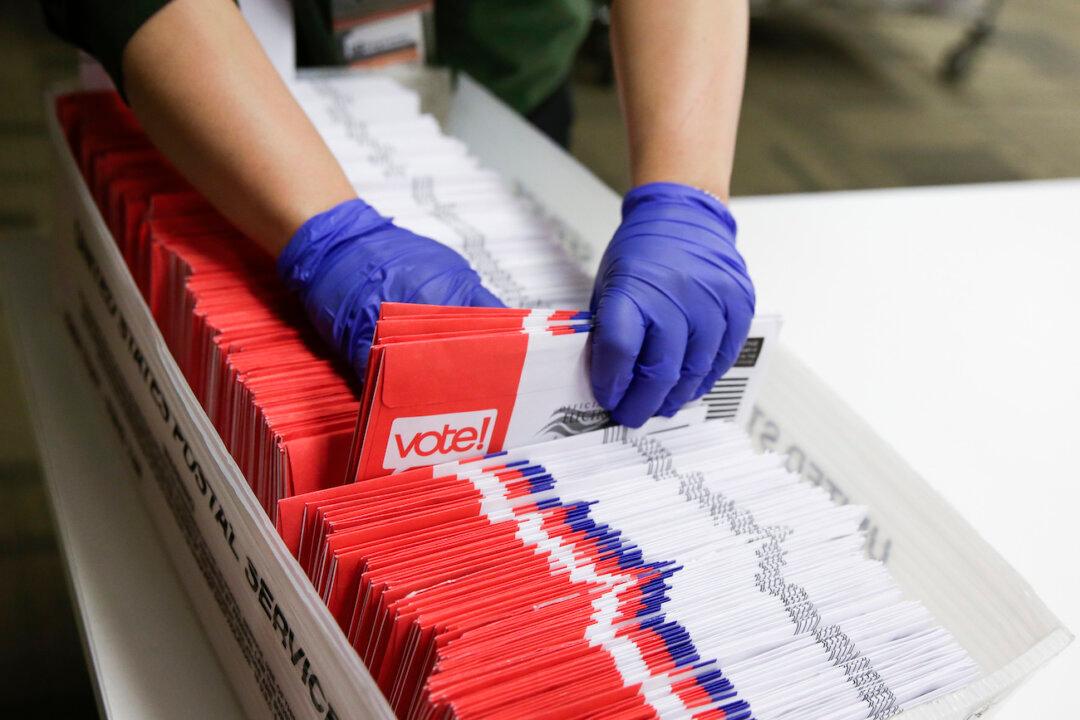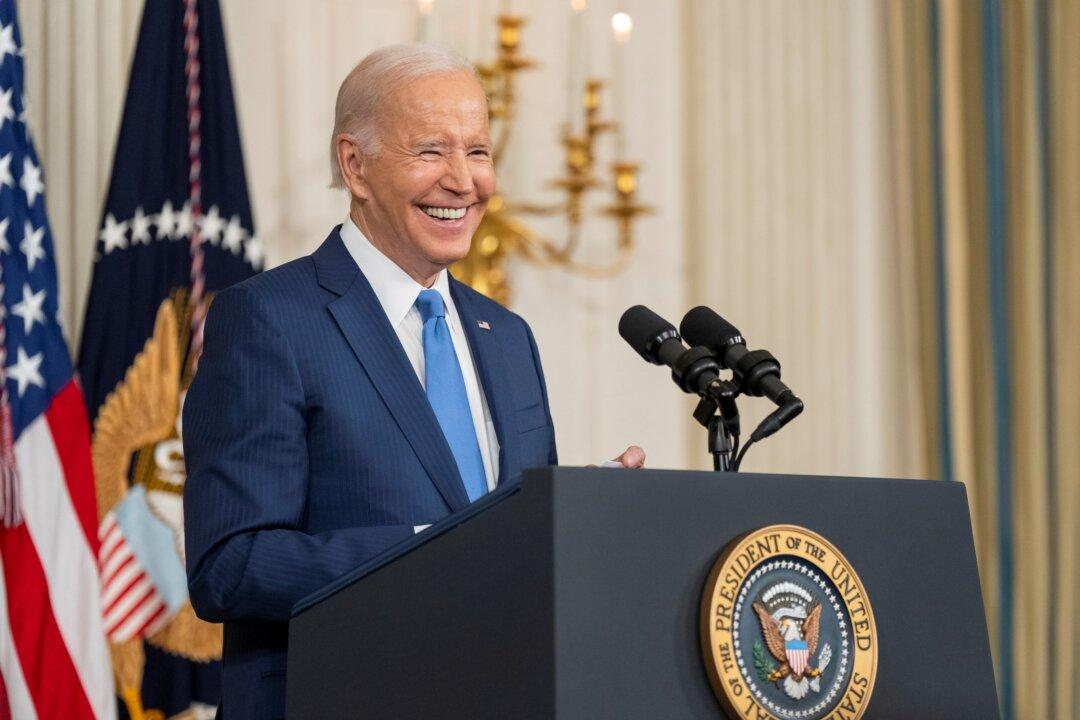News Analysis
Grassroots resistance to the Biden administration’s ambitious push for a “zero-carbon” economy is coalescing in varied new state laws and local ordinances that threaten to bog down solar and wind development in a multifront legal and regulatory war on a scale not seen before.






